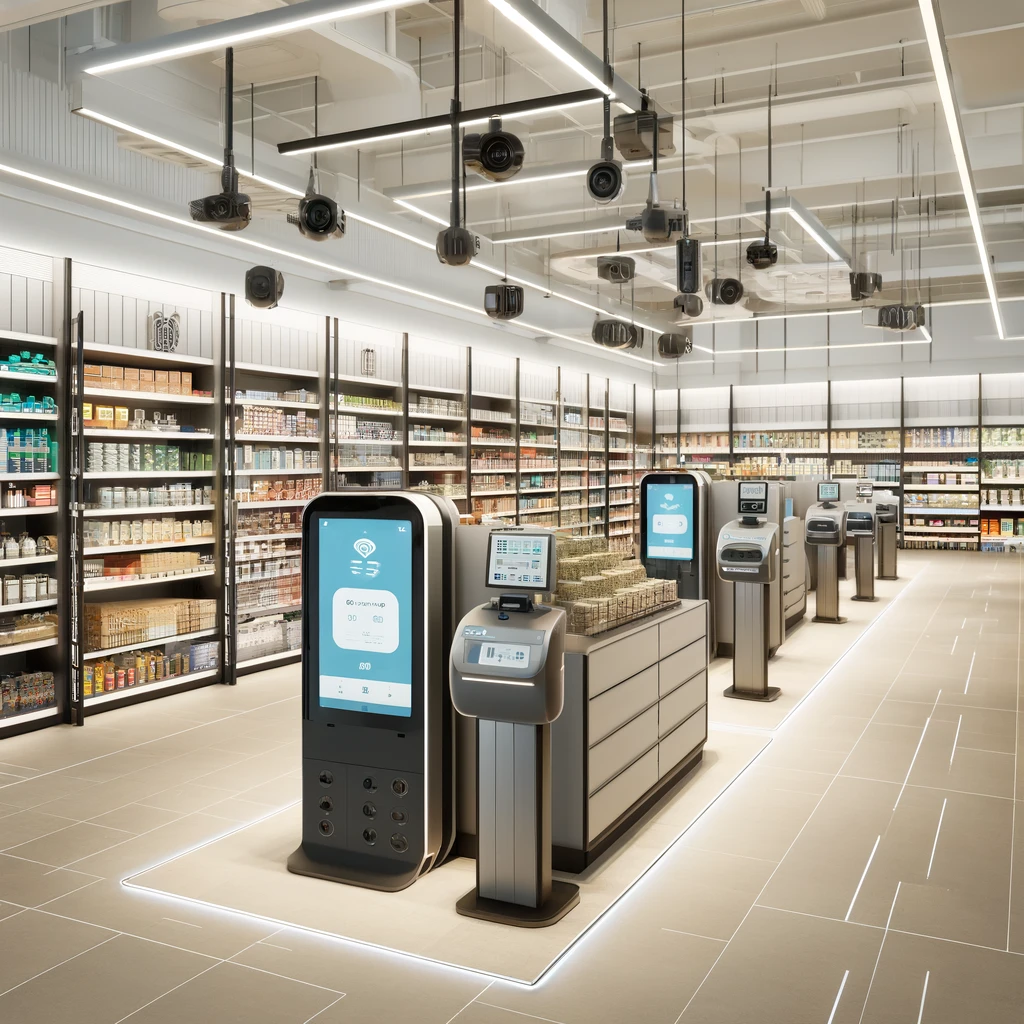In the first several posts of our series, we explored both the technical challenges involved in implementing artificial intelligence (AI) computer vision in retail, the operational challenges retailers face, the complexities of computer vision-based product recognition, product enrollment and scaling, and cost considerations for deployment and the operational cycle. In this, the final post of our series, we’ll examine the challenges that emerge when operating AI computer vision in retail, training and maintaining the system, and providing a positive user experience.
As we’ve now established, successfully rolling out computer vision in retail depends on overcoming a number of challenges, including accurate product recognition, set-up and enrollment across your store portfolio, and a deep understanding of the cost considerations. The final element is the deployment and maintenance of the system itself. In our last two posts, we talked in depth about the operational cycle of the computer vision engine itself. In this post, we take a step back and look at the entire solution.
Deployment requirements
In our piece on deployment costs, we discussed in detail the hardware costs required and how different architectural requirements and use cases can impact overall cost. As product managers consider what’s required to effectively operate AI computer vision system in retail stores, those decisions around hardware and infrastructure need to be well understood, since computer vision algorithms can be computationally demanding, particularly in retail environments that will need to be able to handle video streams or image processing rapidly to be effective.
In addition to processing power, retail locations may need storage capacity to store processed video footage or training data. If the system needs to connect to cloud environments, transmit data, and receive results in order to perform real time processing, product managers will need reliable network connectivity and a backup plan in case of failure. Cloud deployments introduce latency, particularly during high demand or when there’s an issue with the internet connection. With an edge-based architecture, product managers will have excellent responsiveness but increased hardware requirements.
Another requirement to consider is related to integrations. Retail businesses already have existing systems, and product managers will need to make sure that the computer vision system integrates easily with inventory management and point-of-sale systems. Application programming interfaces (APIs) can make integrations between the computer vision system and other software applications, such as supply chain management systems, seamless. Alternatively, APIs may integrate with different payment systems or different analytics engines to ensure the retail environment is as optimized as possible. Finally, most retailers have multiple stores in various locations, which means that the infrastructure and computer vision system must be simple to scale to accommodate all existing and future locations.
Training requirements
In our post on the operational cycle and its associated costs, we broke down the training and maintenance requirements of the computer vision engine in detail. Most computer vision systems require continuous training to ensure that the system is serving its intended purpose. Validating system accuracy and making adjustments is critical to the longevity of any computer vision systems as retailers consider how to make sure that the computer vision system in practice is performing accurately with lighting variations and widely varied product positions. Some systems require multiple image sets that need to be updated based on different lighting conditions, environmental factors, or changes in the product labels. This can add considerable time to training the model, a problem made more difficult in retail environments that have hundreds of thousands of products. More flexible models that can enroll products with a single shot are far simpler to train because they use a single image to enroll a new product and can accurately identify it, even if the label is creased, the barcode obscured, or lighting conditions are poor.
This training and retraining is particularly important as retailers think about expanding use cases. This process by itself can be resource-intense and require an experienced computer vision developer.
Maintenance requirements
Depending on the hardware and software requirements of the systems, maintenance requirements will vary wildly. Such tasks can include regular maintenance of hardware and software to improve performance and minimize security risk, updating or building integrations with new retail technologies, replacing faulty hardware, or updating the computer vision algorithms themselves.
For example, product managers must consider how to ensure cameras are properly positioned if the computer vision system requires specific angles to function effectively. Any physical servers or cloud infrastructure must be maintained to ensure that images can be processed rapidly and that the computer vision models are running efficiently.
Retail environments are inevitably dynamic; product managers must be aware of the likelihood of data drift. The data computer vision model was trained on may not reflect reality if there have been changes to product packaging or the store layout. To optimize the model’s performance, product managers must plan to train the model with fresh data to reflect current store conditions and customer behavior. Part of maintaining the model also includes labeling new data and ensuring that it is appropriately stored for easy access.
Like any other system, successful maintenance relies on monitoring. It’s critical to track how well the computer vision model performs in real world environments. To evaluate this, product managers must record how many misclassifications or missed detections the model makes and how frequently the system identifies objects that aren’t there or misses objects that are. Monitoring for hardware or software functions that impact image processing, model execution, or data transmission issues ensures that if the system deviates from acceptable ranges, retailers can respond and resolve the problem quickly. Retail staff members who are trained to understand how the system works can troubleshoot basic issues, identify potential problems, and escalate issues if a problem occurs that is beyond their expertise. Appropriate staff training can increase system uptime and improve data quality because they understand both how the product works and what benefits it can deliver.
User experience
Both staff members and customers are primary users of computer vision systems, therefore product managers must understand how deployment impacts users—and how unexpected user behavior impacts the accuracy and performance of the computer vision system. For decades, self-checkout has existed as one way for retailers to reduce labor costs and improve efficiency, but it has come with both benefits and drawbacks for both retailers and customers. Deploying a new computer vision system requires consideration of how much retail staff may resist adopting the new technology, particularly if it is difficult to use. Systems that rely on employees to take multiple pictures to enroll new products are likely to result in challenges to adoption by busy staff asked to take on another task. For maximum adoption, employees must be able to use the system easily without extensive training.
Similarly, customers should not require training to use a computer vision system in a retail environment. While some confusion, and even reluctance, may be inevitable when using a new system, particularly one that uses cameras at checkout, customers should find it easy and fast to use self-checkout. AI models that accurately identify each item, without requiring customers to search for a barcode or pull a label straight, will enable customers to rapidly adapt to the latest advancements.
Operating AI computer vision in retail
For product managers in retail, understanding these deployment requirements is key to selecting a computer vision solution that meets the needs of the business. By choosing a solution that is easy to train and update, extremely accurate, and integrates well with existing solutions through APIs and software development kits (SDKs), retailers can improve the customer experience, make data-driven decisions, minimize shrink, and improve overall efficiency.
If you’re interested in exploring how AI computer vision can transform your retail solutions, we invite you to reach out for a demo. Based on decades of research, UltronAI’s computer vision technology is designed to overcome traditional challenges and meet the needs of today’s modern retail solutions. Contact us today.




